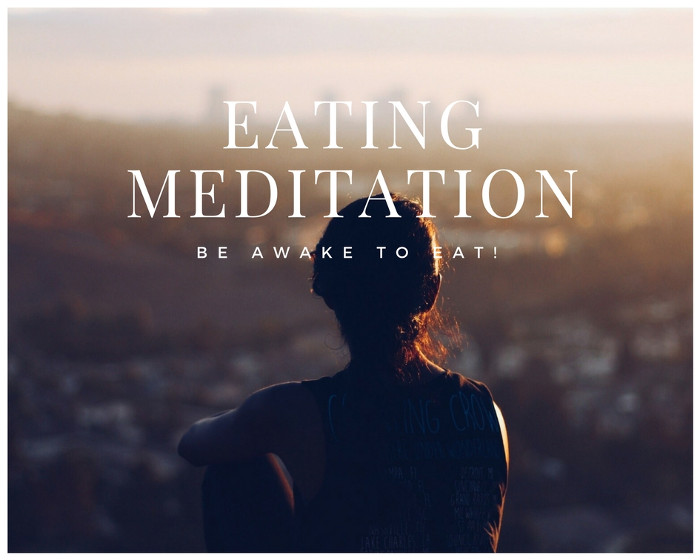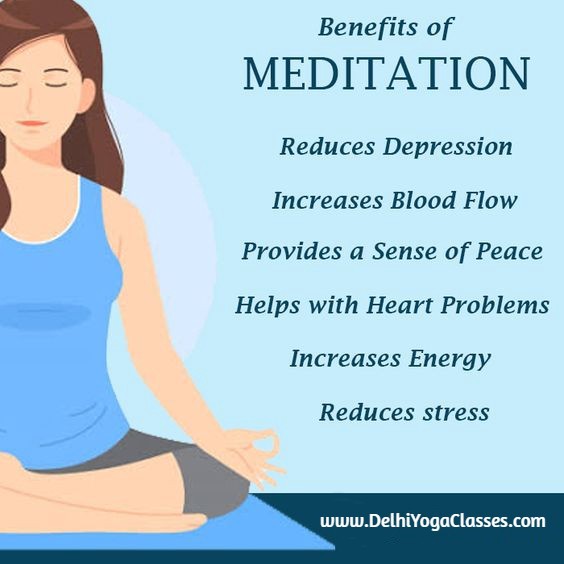
Box breathing is a meditation technique that is often used by people in stressful situations. Although it is effective in alleviating a number of emotional and physical problems, it can also be used during labor and physical training. It involves exhaling the air from your chest for two or more counts. The exercise is neutral and you keep a neutral feeling. It is important to practice it as often as you can in order to keep its benefits. The key to success is to learn the technique as it has many different applications.
Box breathing is most effective when it is done at the beginning of anxiety. This simple technique can be done anywhere. It is easiest to do in a dimly lit room. Deep breathing through the nose is essential. Once you have relaxed your muscles and gotten into a good rhythm, begin to inhale through your mouth. This technique can be done even in the absence of distractions. You'll soon feel the benefits from box breathing as you practice.

Box breathing provides many more benefits than relieving stress. This meditation method improves mental health by increasing blood circulation to the lungs. It can also be used to treat panic disorder, depression, anxiety, post-traumatic stress and other conditions. It can also improve the quality of sleep. It works by stimulating the parasympathetic nervous network, which promotes restful sleep. Box breathing is also a good option for insomnia sufferers.
Box breathing is a great way to get rid of stress. You can do box breathing at any time of the day. However, it is most effective when you are stressed. For optimal results, it is best to practice this meditation exercise when your anxiety levels are at their highest. Box breathing can help improve concentration, stress management and even depression. Box breathing is an excellent option for people who work in high-stress and stressful environments. So start practicing today and experience the benefits for yourself.
It is important to slow down and take deep, slow breaths in order to use the box breathing technique. For four seconds, take a deep and slow breath. Once you've done this, you should be able to feel your lungs fill up with air. Next, hold your breath for four counts. Focus on counting to four each time you exhale. This helps you to focus and clear your mind. The greater your success chances, the more practice you do.

Although box breathing can be compared to counting sheeps, it is not a meditation. It's an exercise that helps you to focus on your body's rhythm. You can do it anywhere as long you have access a table. And as a bonus, the practice is free. You can use it to help you deal with anxiety attacks and panic attacks. You should find a comfortable place to do the exercise. Then, focus on your body's movements.
FAQ
What are 10 healthy behaviors?
-
Eat breakfast every day.
-
Don't skip meals.
-
Be balanced.
-
Get plenty of water.
-
Take care of your body.
-
Get enough sleep.
-
Avoid junk food.
-
Do some exercise every day.
-
Have fun
-
Make new friends
Take herbs and other supplements to improve your immunity
To boost immunity function, herbs and natural remedies are available. You can use ginger, garlic, echinacea oregano oil and vitamin C as examples.
These herbal remedies shouldn't be considered a replacement for medical treatment. Side effects include nausea, diarrhea and stomach cramps, headaches and dizziness.
What is the difference in calorie and kilocalories?
Calories can be used to measure how much energy is in food. A calorie is a unit of measure. One calorie represents the energy required to raise one gram of water's temperature by one degree Celsius.
Kilocalories is another name for calories. Kilocalories can be measured in thousandsths of one calorie. For example, 1000 calories equals one kilocalorie.
How do you measure body fat?
A Body Fat Analyzer is the best way to measure body weight. These devices can be used to measure body fat percentages in people who are trying to lose weight.
What is the difference among a virus or a bacterium and what are their differences?
A virus, a microscopic organism, is incapable of reproducing outside its host cell. A bacterium is a single-celled organism that reproduces by splitting itself in two. Viruses can be as small as 20 nanometers, while bacteria can grow up to 1 micron.
Viruses are spread via contact with infected bodily liquids such as urine, saliva, semen and vaginal secretions. Bacteria are usually spread through direct contact with contaminated objects or surfaces.
Viruses can get into our bodies through cuts and scrapes on the skin, bites, and other injuries. They may also enter through the nose, mouth, eyes, ears, vagina, rectum , or anus.
Bacteria can enter the body through wounds. They may also come into our bodies through food, water, air, soil, dust, or animals.
Both bacteria and viruses cause illness. Viruses can not multiply within the host. They only cause disease when they infect living tissue.
Bacteria can spread within the host and cause illness. They can infiltrate other parts of the body. That's why we need antibiotics to kill them.
How much should you weigh for your height and age BMI calculator and chart
A body mass index calculator (BMI) is the best way to find out how much weight you should lose. Healthy BMI ranges between 18.5 to 24.9. Aim to lose 10 pounds per month if your goal is to lose weight. To calculate your BMI, simply enter your height and weight into the BMI calculator.
To see if you're overweight or obese, check out this BMI chart.
What can I do to boost my immune system?
The human body is composed of trillions if not billions of cells. These cells collaborate to create organs, tissues and other functions. If one cell dies, a new cell takes its place. The chemical signals known as hormones are used to communicate between cells. Hormones control all bodily functions, including growth, development, metabolism, immunity and immune system.
Hormones are chemicals secreted by glands throughout the body. They travel through bloodstreams and act as messengers that control the function of our bodies. Some hormones are produced within the body while others are externally manufactured.
The hormone-producing glands release their contents into bloodstream. This is when hormone production starts. Once hormones are released they move through the bloodstream until they reach their intended organ. In some cases, hormones remain active only for a short period of time. Some hormones remain active for longer periods of time and can continue to have an impact on the body's function long after they are gone.
Some hormones are produced in large quantities. Some hormones are produced in large quantities.
Some hormones only are produced during certain periods of life. For example, estrogen is made during puberty. Estrogen assists women with breast development, bone density, and osteoporosis prevention. Estrogen promotes hair growth, and skin stays soft and smooth.
Statistics
- WHO recommends reducing saturated fats to less than 10% of total energy intake; reducing trans-fats to less than 1% of total energy intake; and replacing both saturated fats and trans-fats to unsaturated fats. (who.int)
- According to the Physical Activity Guidelines for Americans, we should strive for at least 150 minutes of moderate intensity activity each week (54Trusted Source Smoking, harmful use of drugs, and alcohol abuse can all seriously negatively affect your health. (healthline.com)
- According to the 2020 Dietary Guidelines for Americans, a balanced diet high in fruits and vegetables, lean protein, low-fat dairy and whole grains is needed for optimal energy. (mayoclinichealthsystem.org)
- nutrients.[17]X Research sourceWhole grains to try include: 100% whole wheat pasta and bread, brown rice, whole grain oats, farro, millet, quinoa, and barley. (wikihow.com)
External Links
How To
What does "vitamin" actually mean?
Vitamins are organic compounds naturally found in food. Vitamins help us absorb nutrients from foods we eat. Vitamins cannot be produced by the body. They must be acquired from food.
There are two types if vitamins: water soluble, and fat soluble. Water soluble vitamins dissolve easily in water. Examples include vitamin C,B1 (thiamine), B2 (riboflavin), B3 (niacin), B6 (pyridoxine), folic acid, biotin, pantothenic acid, and choline. The liver and fat soluble vitamins are stored within the liver and in fatty tissue. You can find vitamin D, E K, A, beta carotene, and other fat-soluble vitamins.
Vitamins are classified according their biological activity. There are eight main groups of vitamins.
-
A - vital for healthy growth.
-
C - vital for proper nerve function, and energy production.
-
D - Essential for healthy teeth and bones.
-
E is required for good vision and reproduction.
-
K - essential for healthy muscles, nerves, and bones.
-
P - Essential for strong bones and teeth.
-
Q - Aids in digestion and absorption.
-
R – Required for the formation of red blood vessels.
The recommended daily allowance (RDA), for vitamins, varies depending upon age, gender, or physical condition. The U.S. Food and Drug Administration, (FDA), sets the RDA value.
For example, the RDA for vitamin A is 400 micrograms per dayfor adults 19 years or older. For fetal development, pregnant women need 600 mg per day. Children ages 1-8 require 900 micrograms per day. Infants below one year old require 700mg per day. But, between 9 months to 12 months, the amount drops to 500mg per day.
Children aged 1-18 years need 800 micrograms daily, while children overweight require 1000 micrograms per days. Children who are severely obese or underweight will need 1200 micrograms each day.
2200 mg of vitamin A per day is required for children aged 4-8 who have been diagnosed by anemia.
2000 micrograms is the minimum daily intake for adults over 50 years old to maintain good health. Due to their increased nutrient needs, pregnant and breastfeeding women need 3000 micrograms daily.
Adults over 70 years of age need 1500 micrograms per day since they lose about 10% of their muscle mass each decade.
Women who are pregnant or nursing need more than the RDA. Pregnant women require 4000 micrograms daily during pregnancy, and 2500 micrograms every day after birth. Breastfeeding mothers need 5000 micrograms per day when breast milk is being produced.